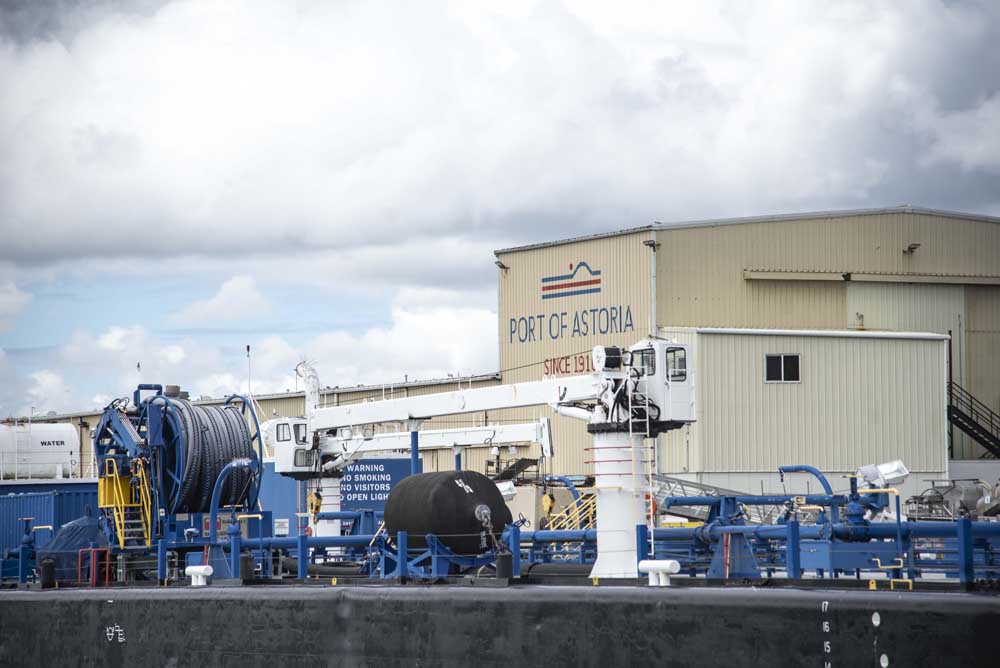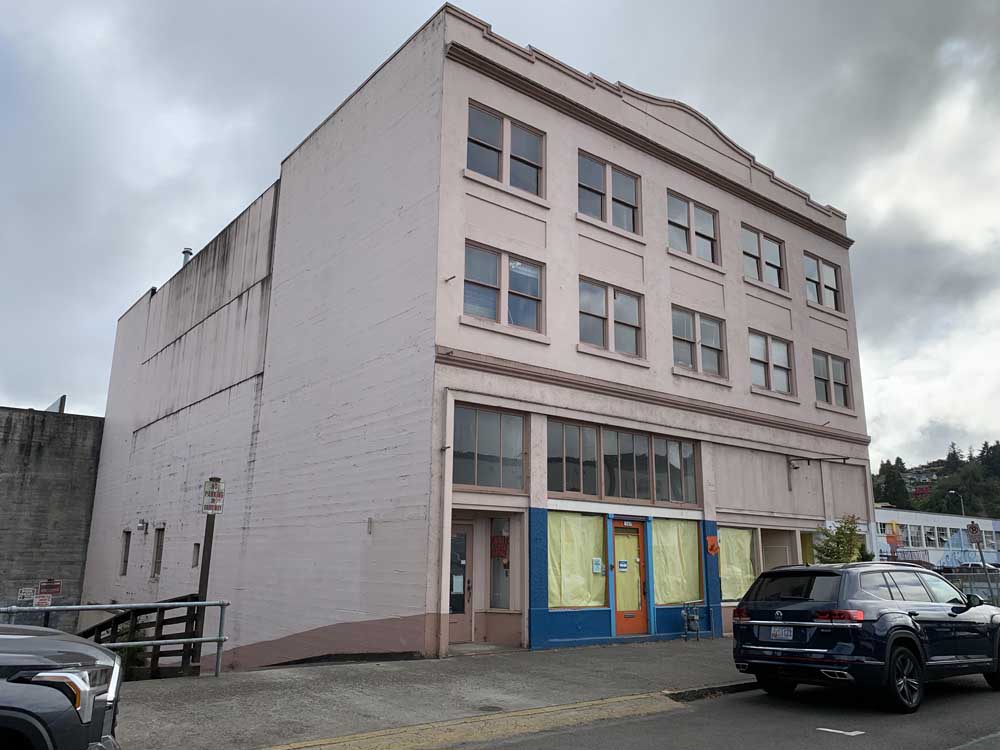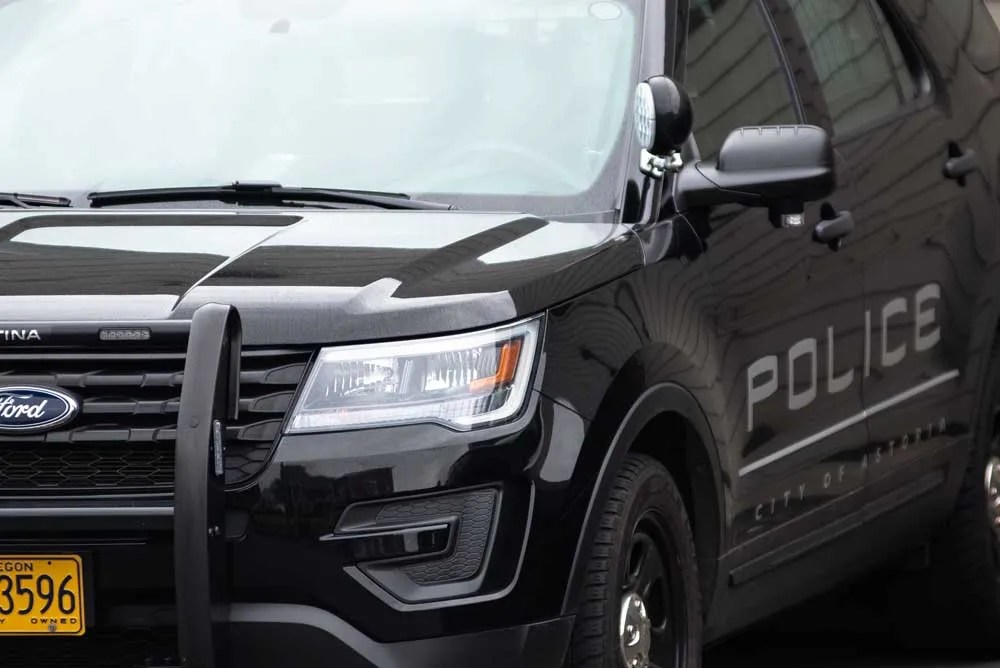The end of an era
Published 4:00 pm Thursday, November 22, 2012
Measure 81, which proposed a complete ban of gill net fishing on the Columbia River may have been defeated, but commercial fishermen aren’t out of rough water yet.
Washington and Oregon Commissioners met last week with Oregon Department of Fish and Wildlife and Washington Department of Fish and Wildlife to finalize a proposal that has been two months in the making. The proposal, which would phase out gill nets on the main stem of the Columbia River by 2017, was a response to a letter Gov. Kitzhaber wrote on Aug. 9 to find a “long term solution to divisive conflicts that occur between recreational and commercial fisheries over the allocation of harvests as well as the use of gill nets in non-tribal main stem commercial fisheries.”
Measure 81 was voted down in Clatsop County by nearly 87 percent of the votes, but the new rules proposed by Gov. Kitzhaber will still heavily restrict the use of gill-nets and promote alternative methods for commercial fisheries.
“I would like to apologize to the commercial fisherman in the room for whats happening and my personal inability to change it,” said Bruce Buckmaster, a representative for Salmon for All who sat on the board responsible for writing and revising the proposal. “I dont presume to know why its happening the way it is, but I am very clear on what is happening The plan I see in front of us, only accidentally has any conservation impacts. This is clearly allocation and the damages for uncertainty is solely on the backs of commercial fisherman.”
The long-term goals of the plan include allocating 80 percent of spring Chinook, sockeye, tule fall Chinook and upriver brights for sports fisherman, leaving the remaining 20 percent for commercial use. Summer Chinook will be 100 percent allocated for recreational fisherman. Gill nets will be banned entirely from the main stem and only allowed in off-channel areas by 2017.
Conservation Director Jim Martin said he would like to see punitive measures put in place for illegal gill netters.
“I think it is very important to have the right rules and incentives in place against illegal gill netting or processing illegal gill netted fish.”
He suggested those caught using gill nets on the main stem or processing illegally caught fish should lose their permit for life and their boat. “A slap on the hand won’t do it in this case.”
To compensate gill netters for the lose of access to the main stem, up to 1.25 million spring Chinook, 4.7 million coho and 750,000 select-area bright fall Chinook will be added to the off-channels. Commercial fishing will still be allowed in the main stem with alternative gear such as seine nets, which are currently illegal in Oregon.
Jim Wells, President of Salmon for All, predicted that these new rules would be the end of commercial fishing on the Columbia.
Steve Fick, President of Fishhawk Fisheries in Astoria feels that commercial fishers have been railroaded in this process
“Their plan includes a lot of assumptions about what they will do for us, and plenty of concrete plans for what they will do to us,” he said.
An estimated 200 people showed up to the work group on Nov. 15 and several commercial fisherman voiced their concern about these new changes during the meeting, but it did little to change the commissioners decision to accept the plan and agree to take it to their respective commissions for adoption.
“We need to be able to fish out on the Columbia as we have the last 100 years,” stated Chris Cameron. “There’s not enough room for all of us in the off-channels.”
Of the 36 people who spoke during public comment, many voiced their agreement with the new changes.
“I believe that when an industry becomes obsolete or out dated in its methods, its not this bodys job or either states job to protect anyones job,” said life-long sports fisherman Chuck Miller. “Its the job of this group to protect the resource, which is the fish, regardless of what the split in allocation is.”
John Weed, another recreational fisherman, also chimed in, stating that sport fishing helps the local economy more than commercial fishing does. He said he has family that flies in from all over the country to enjoy the salmon fishing season.
“Enhancing this fishery will be very important to the local economy,” he said. “When people come here to fish, it brings in money for hotels, restaurants, flights and thousands and thousands of dollars are spent right here in our local economy.”
A transitional period of five years will be implemented to help steer commercial fisherman towards alternative nets and also enhance the off-channels. During this time, sport fishing will get 70 percent of the Spring Chinook and sockeye and sixty percent of summer Chinook and upriver brights.
Proposed off-channel enhancements for 2013 include one million spring Chinook, 920,000 coho and 500,000 select area bright fall Chinook. Gill nets will still be allowed in the main stem during this period, but commercial fisherman will be given incentives to utilize other types of nets, including seines and some experimental nets. It has not been solidified what the incentives will be.
The respected commissions will track the implementation of the goals and results, with an initial review at the end of 2014. If the initial assumptions prove wrong and there is a 0-5 percent negative economic impact during the transition, due to insufficient space for commercial fishers, significantly lower than expected economic returns or significantly lower than than expected main stem commercial fishers using selective gears, the commission will determine the cause and make adjustments to stay on track.
Oregon will make it’s final decision on whether or not to adopt the proposal on Dec. 7 in Portland. Washington is scheduled to vote on it in Olympia on Dec. 14.
A full copy of the draft management strategies of the columbia river recreational and commercial fisheries is available dfw.state.or.us.





